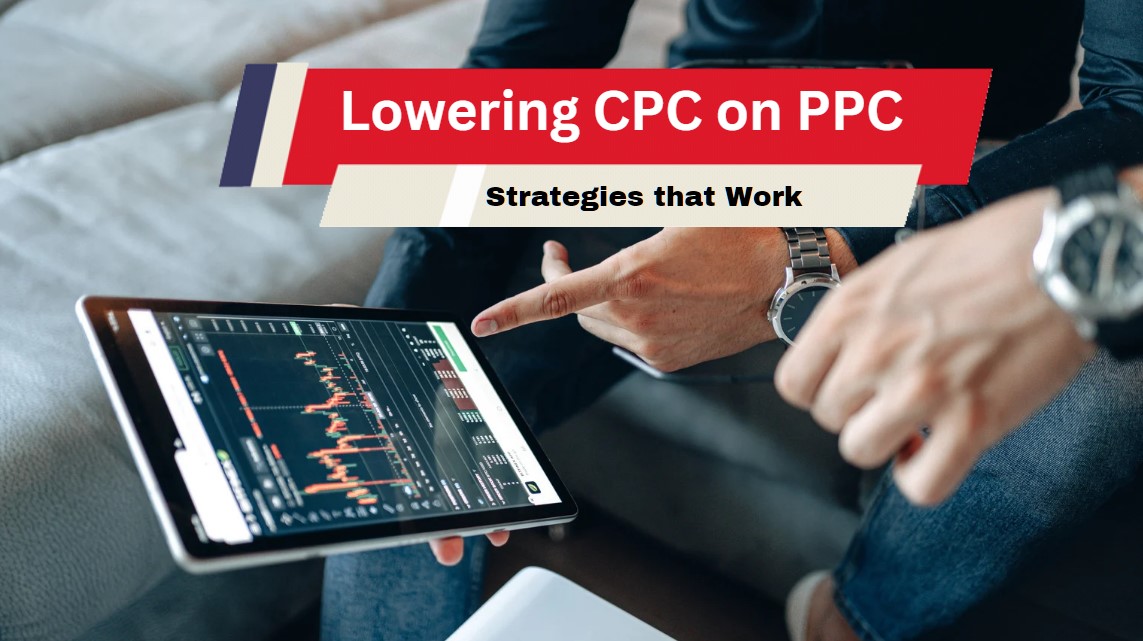Pay-per-click (PPC) campaigns can be an effective way to drive traffic to your website and increase conversions. However, if you’re not careful, you can end up spending more money on clicks than you’re generating in revenue. To get the most out of your PPC campaigns, it’s important to lower your cost per click (CPC) by implementing effective strategies.
Long-Tail Keywords
One strategy to lower your CPC is to focus on long-tail keywords. Long-tail keywords are more specific and have less competition, which means they are typically less expensive than broad keywords. For example, instead of bidding on the broad keyword “shoes,” you could bid on a long-tail keyword such as “men’s running shoes size 10.” This will help you reach a more targeted audience and lower your CPC.
Quality Scores
Another strategy is to improve your Quality Score. Quality Score is a metric used by Google Ads to determine the quality and relevance of your ad and landing page. The higher your Quality Score, the lower your CPC. To improve your Quality Score, make sure your ad copy and landing page are relevant to the keyword you’re bidding on and provide a good user experience.
Negative Keywords
Using negative keywords is another effective strategy to lower your CPC. Negative keywords are keywords you don’t want your ad to appear for. By adding negative keywords to your campaigns, you can filter out irrelevant traffic and focus on the most qualified leads. For example, if you’re selling running shoes, you could add “dress shoes” as a negative keyword to prevent your ad from appearing for people searching for dress shoes.
Scheduling Optimization
Also, consider using ad scheduling to optimize your campaigns. Ad scheduling allows you to show your ads only during certain times of the day or days of the week when your target audience is most active.
This can help you maximize your budget and lower your CPC by avoiding times when there is low search volume.
Other Strategies to Lower CPCs
- Test different ad formats: There are several different ad formats available for PPC campaigns, including search ads, display ads, and video ads. By testing different ad formats, you can determine which formats are most effective at driving clicks and conversions while also keeping your CPC low. For example, if you find that display ads are generating more clicks at a lower CPC than search ads, you may want to shift your budget toward display ads.
- Improve your landing page experience: The landing page experience is another important factor that affects your Quality Score and CPC. To improve your landing page experience, make sure your landing page is relevant to the ad you’re running and provides a good user experience. This means having a clear call-to-action, fast load times, and mobile optimization.
- Optimize your bidding strategy: Bidding strategies can also have a big impact on your CPC. By choosing the right bidding strategy for your campaign goals, you can lower your CPC and maximize your return on investment. For example, if your goal is to drive as many clicks as possible, you may want to use a manual cost-per-click (CPC) bidding strategy. On the other hand, if your goal is to generate conversions, you may want to use an automated bidding strategy that optimizes conversions.
- Monitor and adjust your campaigns regularly: PPC campaigns require ongoing monitoring and optimization to ensure they are performing as effectively as possible. By monitoring your campaigns regularly, you can identify areas for improvement and make adjustments to lower your CPC. This may include adjusting your keyword bids, testing new ad copy, or targeting a different audience.

